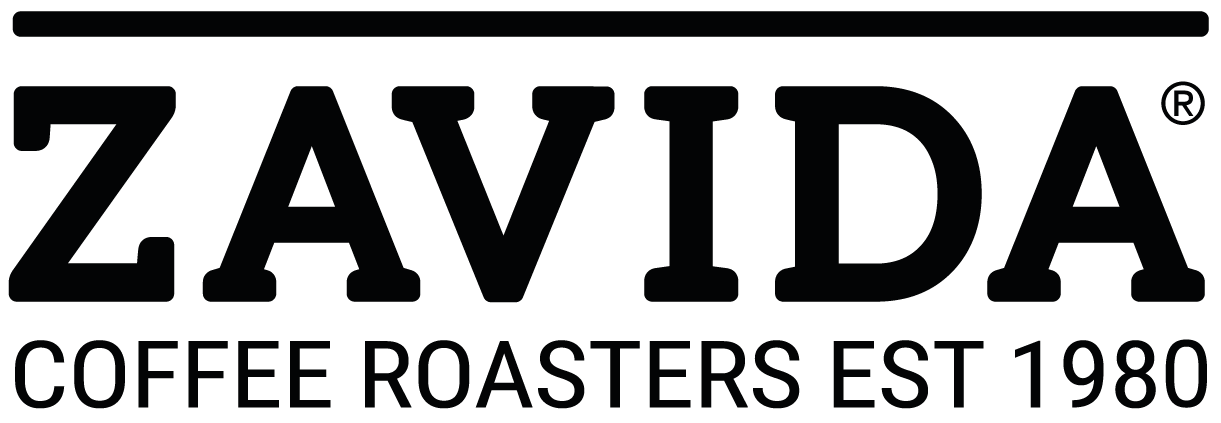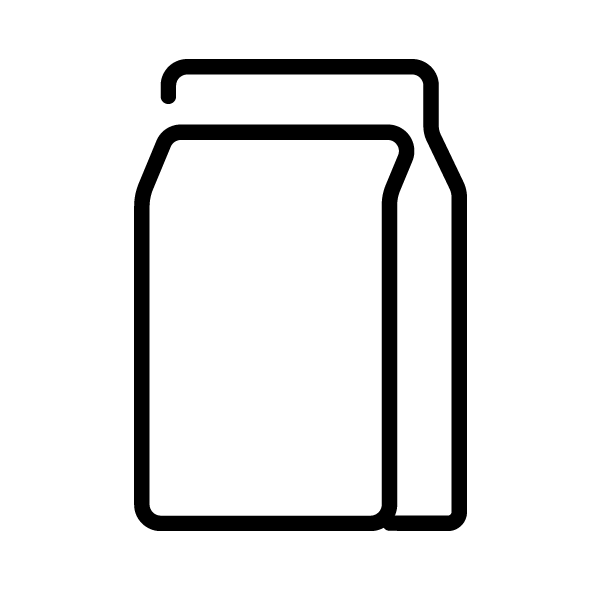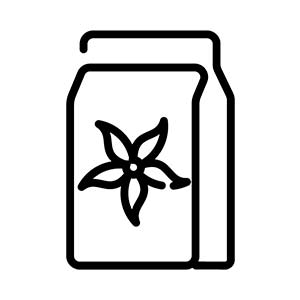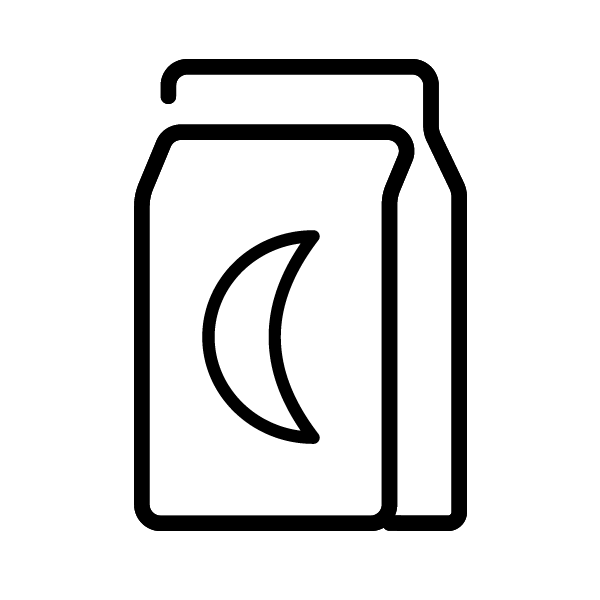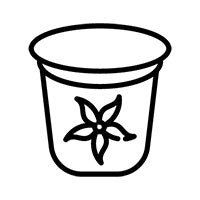How to Make Espresso Without an Espresso Machine
Espresso - you either love it or hate it, but there is no doubt that it is a popular drink. Using an espresso machine is by far the best way to make the perfect cup, but these machines can be quite expensive, take up a lot of counter space, and require maintenance every so often.
Fear not because even if you don't have a fancy machine, you can still make a quality cup of strong, concentrated coffee! Below we show you a few ways to make espresso without a dedicated espresso machine.
WHAT IS ESPRESSO?
HISTORY OF THE ESPRESSO
Espresso saw the light of day during the second half of the 19th century in the middle of the steam-powered industrial revolution in Europe. It was in 1884 that Angelo Moriondo, an Italian inventor, created the first “[...] steam machinery for the economic and instantaneous confection of coffee beverage”.
At the same time, cafes were rapidly gaining popularity in the continent, and a fast, efficient way to serve good-tasting coffee to customers that cafe owners found was to acquire such a machine. This is when the term “espresso” came about to describe this specific type of coffee brewing method to distinguish it from filter coffee made in a pot with percolating devices.
Some people think that the term espresso comes from the Latin root of the word “exprimere”, which means “to press or squeeze out”. This would make sense since espresso is made by applying pressure to push water through coffee grounds, but as it turns out, the word is more likely associated with the “express” nature of the preparation of this coffee.
Espresso machines work faster than other brew methods, and coffee shop owners were now able to serve coffee to their customers at a much higher speed than before. The word espresso quickly went on to describe a coffee brew method that is quick, or “expressly” made to order for the customer!
THE SCIENCE BEHIND ESPRESSO
Before going more in-depth, it’s important to understand exactly what an espresso is. The most common and agreed-upon definition of the espresso is a condensed, strong, full-bodied type of coffee with crema on top made by quickly applying high pressure to push water through finely-ground coffee.
Espresso is not a type of coffee, rather it is a brewing method. Typically, espresso is made with dark roast coffee, is finely ground, has a rich crema on top, and is brewed using heat and pressure. These conditions aren’t that difficult to reproduce at home!
Espresso machines work by applying a certain number of bars of pressure per square inch (PSI): with 9 bars of pressure applied PSI, totaling 130.5 PSI, you have created an espresso! Pressure is not an easy feat to create manually, which is why machines have pumps and levers that create this pressure.
WHAT IS CREMA?
Crema is the sign of a well-made espresso: it is a light-colored “foam” consisting of microbubbles of CO2 gas suspended in water that sits atop the shot of coffee. These microbubbles attach themselves to the natural fatty (and tasty!) oils found in coffee and create a rich, creamy first sip.
Unfortunately, it is also the hardest thing to reproduce without an espresso machine, so if you love crema, the AeroPress or the moka pot may be your best options.
FIVE METHODS TO MAKE ESPRESSO AT HOME
FRENCH PRESS
The French press uses a combination of pressure and heat. An espresso made with a French press won’t be quite as “punchy” as the real thing, but it works in a pinch. Your concentrated coffee shot will also be a bit oilier than what you’re used to and contain less caffeine than an espresso, so keep that in mind!
To use a French press:
- Remove the lid of the press and choose a dark roast coffee. Our Organica Rainforest Alliance Espresso Coffee is perfect for this!
- Grind your coffee into a fine powder, but not too fine: you don’t want to choke your extraction and be left with sediment, but you also want to extract as much as possible from those beans. It should be finer than usual for a French press, but coarser than for an espresso!
- Add about 2 tablespoons of coffee grounds for each cup of water to your French press. We’re using a double brew ratio here which contains a higher concentration of coffee to water than normal for a French press because we want this coffee to be strong.
- Heat your water to around 200F. Make sure the water isn’t boiling! To achieve that, turn off your heat and let your water sit for about 20 seconds right after it starts boiling.
- Bloom your coffee by adding a splash of your hot water to your grounds and letting it soak for about 30 seconds. Blooming allows the flavor notes of coffee to come out and shine, so don’t skip this step!
- Add the rest of your water, place the lid on and allow to steep for about 5 minutes.

- Slowly push the plunger down until it reaches halfway, then raise it back to the top. Repeat by slowly pushing the plunger down again, using the same amount of pressure as before all the way to the bottom. Make sure to go slow, because you could choke your extraction if you try to do it too fast.
- Pour and serve.
STOVETOP OR 'MOKA POT'
A 'moka pot', or stovetop espresso maker, is probably the most traditional method of making espresso. It is also one of the most popular ways to brew a strong, dark shot of coffee without expensive equipment. The moka pot is a simple but ingenious percolating device that packs a big flavor at a low price, and it is highly accessible!
When using a moka pot, you'll want to make sure you're using finely ground coffee - the beans should be coarser than what you'd use in a regular espresso machine but finer than what you'd use for a drip coffee maker.
To use a moka pot:

- Unscrew your moka pot until you are left with three components: the bottom section, which will hold your water, a metal filter basket for your coffee grounds which sits inside the bottom chamber and a top section (spout) where your coffee will magically appear brewed.
- Add hot water, not boiling, (about 200F) to the bottom section of your moka pot.
- Fill the metal basket with finely ground coffee to the very top. Make sure not to tamp down your grounds, as this could choke your extraction. Remember: water always chooses the path of least resistance, so if you tamp down your grounds and remove any air between them, the water has nowhere to go!
- Add the metal basket to the bottom chamber and screw the spout on. Be careful, as the bottom chamber will be very hot: wrap a dish towel around the moka pot to screw it on tightly.
- Put the pot on medium heat on the stove. Leave the lid open, so you can see your coffee as it is being brewed.
- Listen for the cues: once the moka pot starts whistling, the pressure is being created inside the chambers. Once you start hearing some spluttering, it’s time to watch the magic happen. The coffee will come out very dark, almost sludge-like at first. You’ll know it’s ready when the water coming out turns clear again, which usually takes about 30 seconds after the first drops of coffee have come out.
- Once the coffee is done brewing, remove the pot from the stove, and carefully run the bottom chamber under cold water to stop the brewing process and avoid your coffee tasting burnt.
- Pour and serve.
AEROPRESS
An AeroPress is a great device for travel as it has a compact size and weight. It’s made of plastic, so it won’t easily break, and it is relatively inexpensive. It uses manual pressure from the air to push hot water through your coffee grinds, a process very similar to that of a portable espresso machine.
The AeroPress compares to espresso in terms of caffeine content and flavor, but the texture isn’t quite the same.
To use the AeroPress:
- Put the drain cap of the AeroPress on top of a mug. Make sure you are on a stable surface, as you will have to push down quite firmly.
- Add two filters rather than just one to the drain cap. This will help slow the flow of water when pressing down, so you get a strong coffee!
- Lightly wet your filters and place the drain cap inside the compartment of the press.
- Add two tablespoons of finely ground coffee to the filters. Don’t hesitate to add a bit more coffee than usual to get a good espresso-like shot.
- Add hot water (200F) into the AeroPress, stir quickly and wait 30 seconds.
- Gently push down the plunger of the AeroPress using steady and constant pressure, and the espresso-like shot will go right into your cup.
- Pour and serve.

Now that you have a few alternatives for making a good cup of espresso without a machine, you won't have to head out for coffee again! The AeroPress is a great option for people who spend a lot of time in nature, traveling, away from home, or with limited resources.
PORTABLE ESPRESSO MAKER
The Staresso is a portable espresso maker which makes espresso by manually creating pressure and pushing the water through the coffee into a cup. It is small, inexpensive, and portable, but does require a little upper body strength and coffee knowledge.
The flavor and crema aren’t as rich as espressos made with real espresso machines, but many people say they are comparable, especially for the difference in prices!
The hand pump on the Staresso delivers strong, stable, and constant high pressure for proper oil extraction, which is what espresso is all about. With 15-18 bar deep extraction, you can get a creamy, golden espresso in under one minute! There are many different types of portable espresso makers on the market. Shop around and find the one that is best suited for you!
INSTANT COFFEE ESPRESSO
The Staresso is a portable espresso maker which makes espresso by manually creating pressure and pushing the water through the coffee into a cup. It is small, inexpensive, and portable, but does require a little upper body strength and coffee knowledge.
Popularized in the 1940s, instant coffee is a quick and easy way to brew coffee wherever you are and with minimal resources. The caffeine content is lower than that of espresso, and the taste is less rich, but it is perfect for whipping up coffee drinks on the go! We recommend using a dark roast instant coffee, as the taste will be closer to that of espresso.
Here is how you can make an espresso-like drink with instant coffee:
- Empty the packet of instant coffee into a cup.
- Bloom your coffee by adding a little bit of hot water and waiting for 30 seconds. This will allow the flavors to develop themselves more.
- Add half the recommended amount of water and stir. This will help you achieve a rich, intense espresso flavor.
- Enjoy!
You can make a variety of different coffee drinks with this method: Greek Frappés, Dalgona coffee, and more. The sky’s the limit!
Espresso is all about pressure which is why it is often produced using a machine, but it is possible to create an espresso-like drink at home without using any expensive equipment!
Make sure to use a dark roast coffee, such as our Premium French Roast Coffee or our Organica Rainforest Alliance Espresso, so the taste is as authentic as possible. Next, simply choose your brewing method of choice, and espresso away!
